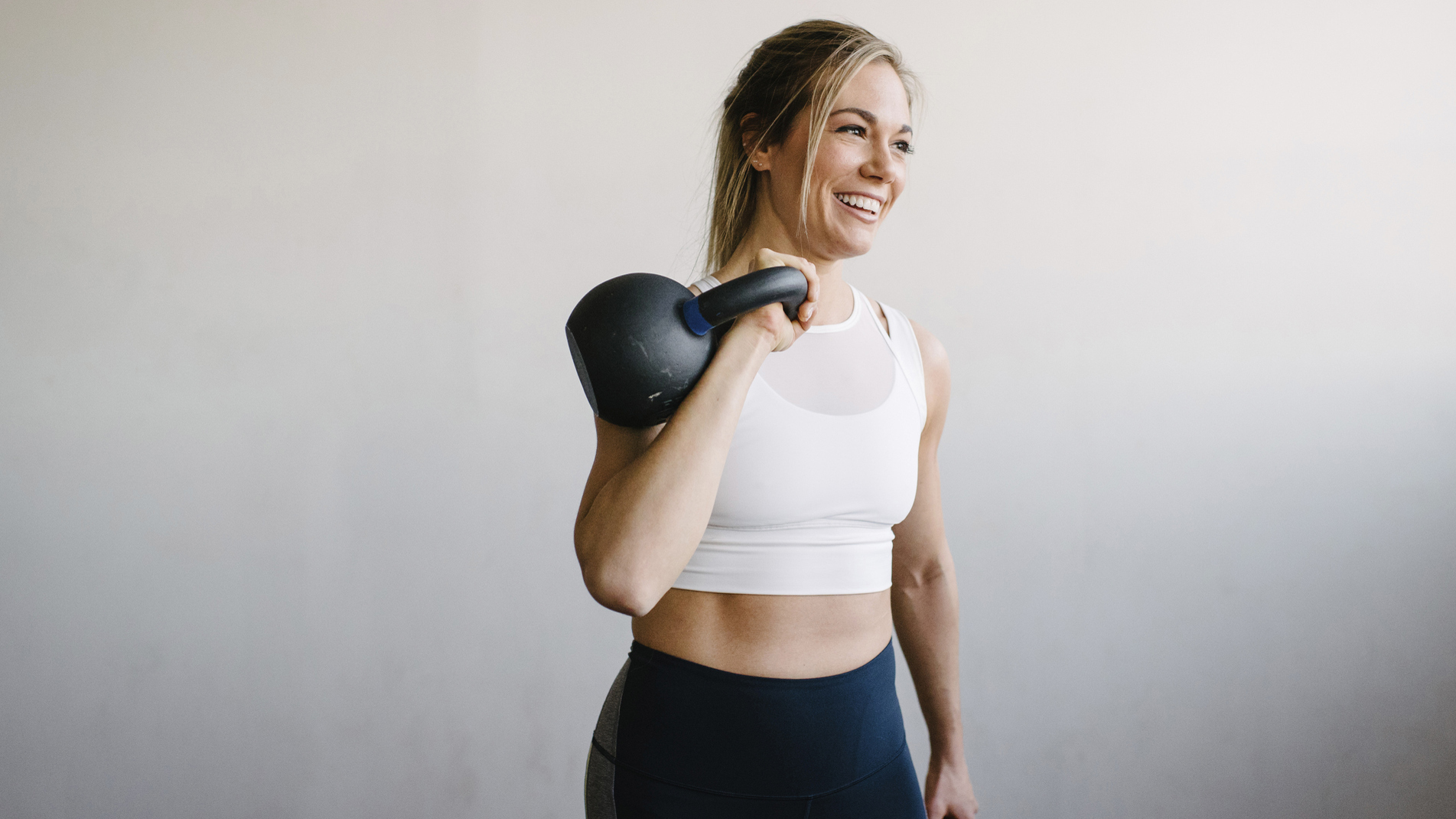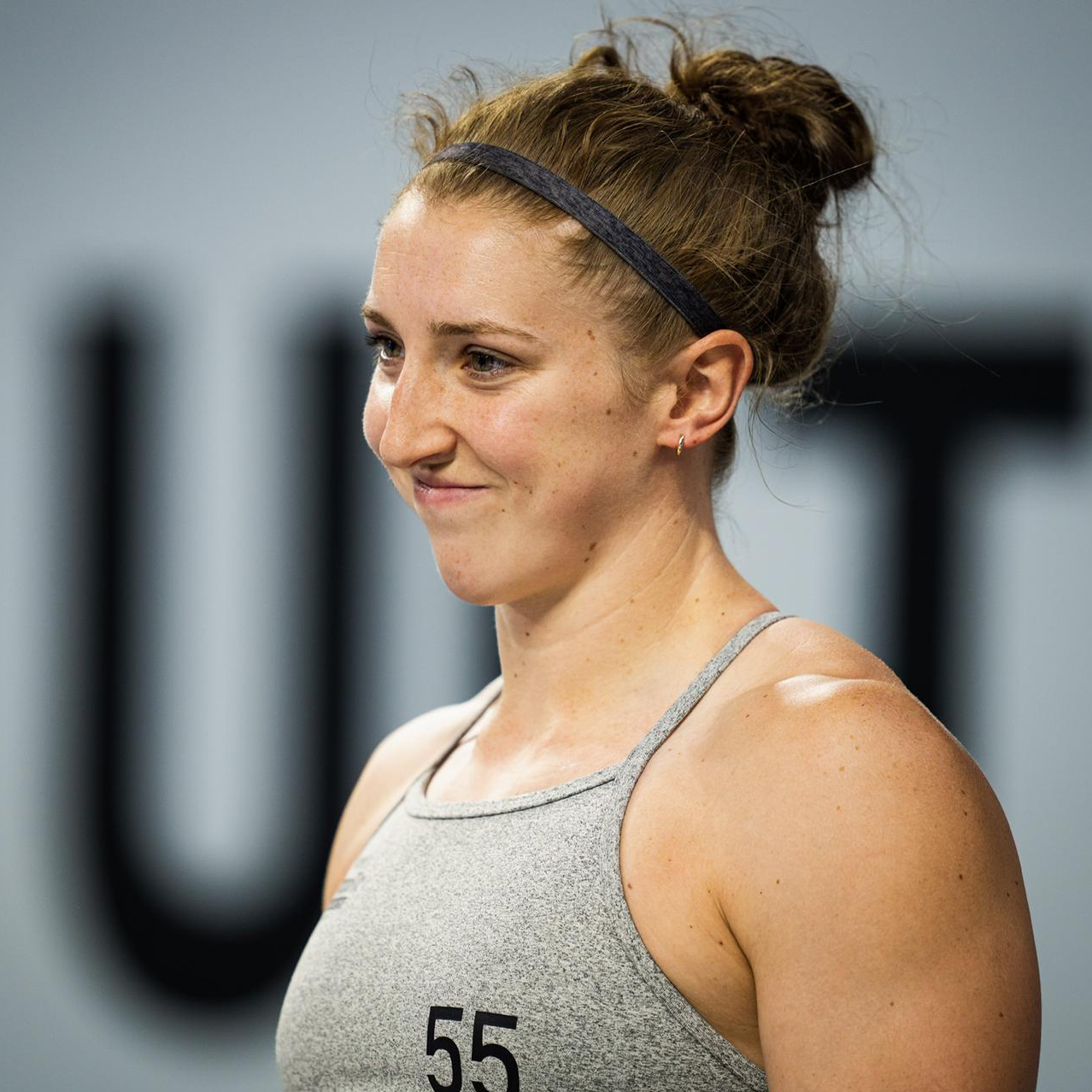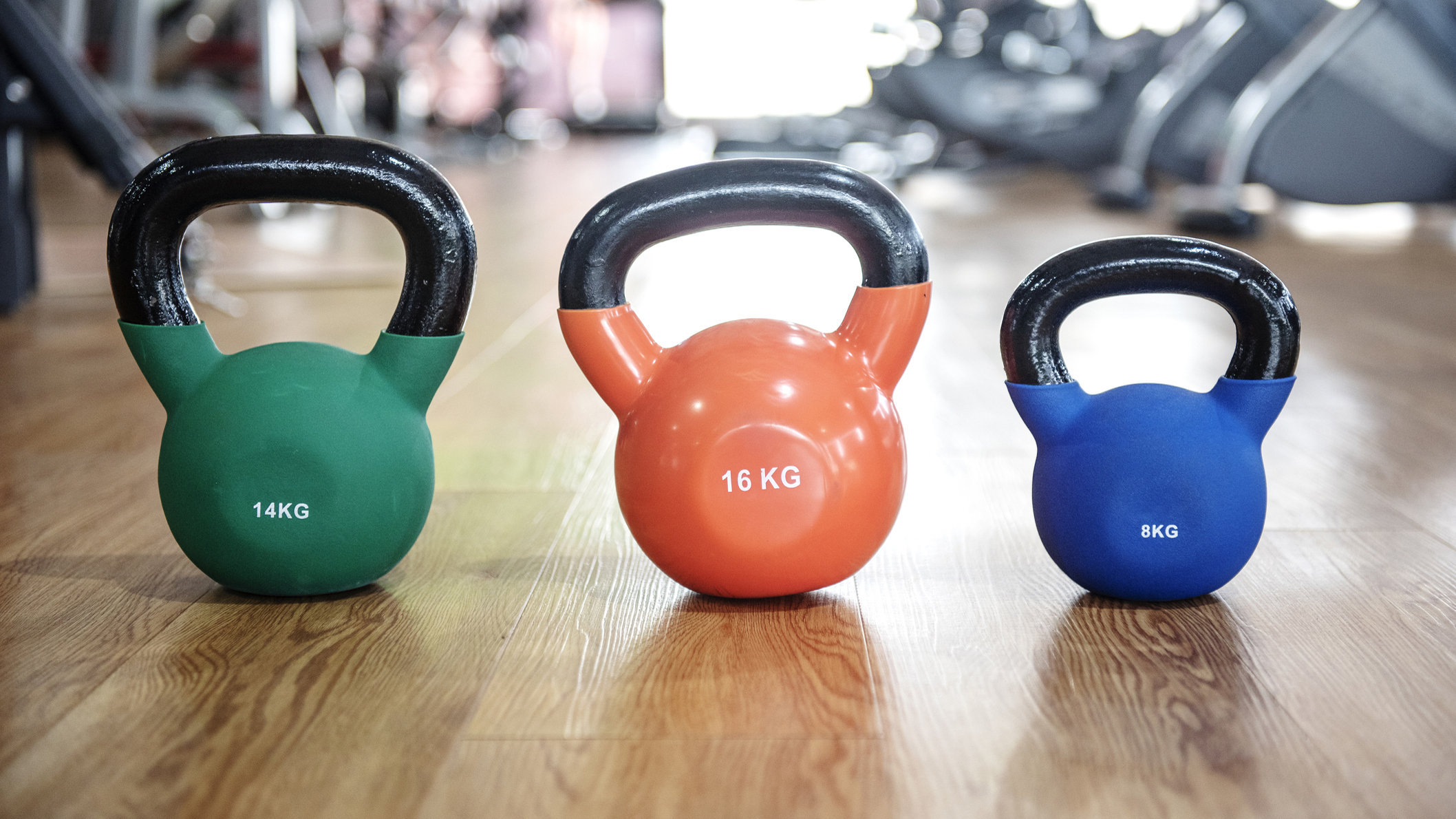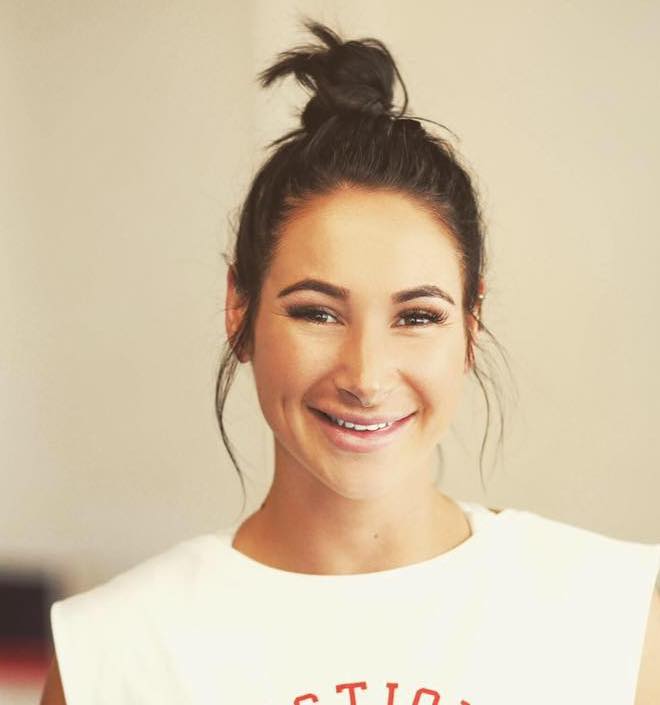What size kettlebell should I get?
Wondering what size kettlebell you should be using? Here’s what the experts say

Whether you’re wielding a kettlebell for the first time or you consider yourself a seasoned swinger, it’s important to make sure you’re using the right size.
However, you’ll find that the best kettlebell for one situation is not always suitable for another, so you might need to switch between designs depending on what exercise you’re doing.
To get some top tips on how to pick the perfect model for your workout, we spoke with CrossFit athlete and qualified coach Lucy Campbell.

Lucy Campbell is a CrossFit athlete and coach at CrossFit Nottingham. She was also dubbed the UK's fittest woman in 2022. She attended the CrossFit Games this year as the second-ever British elite female to do so and finished 16th Fittest Woman in the World.
What size kettlebell should I start with?

Kettlebells traditionally range from 5lbs (2kg) to 200lbs (90kg)—but size and weight are not the same thing.
Competition-style kettlebells have a uniform size, regardless of their weight. They are typically made from steel and feature a square-style handle that's around 35mm in diameter. Cast iron kettlebells, on the other hand, increase in size in line with their weight, so these come in a variety of shapes and sizes.
If you plan to ‘rack up’ your kettlebell, which involves looping your hand through the handle and letting the weight rest on the outside of your forearm, you may prefer the consistent size and design of competition kettlebells. But for swings and other two-handed exercises, we recommend that you opt for the traditional cast-iron models, which tend to be a bit cheaper.
What kettlebell weight should I use?
According to Campbell, choosing the right kettlebell weight is important if you want to reap training rewards and prevent injury.
Get the Fit&Well Newsletter
Start your week with achievable workout ideas, health tips and wellbeing advice in your inbox.

“For a beginner with no experience with weights, you should start with a lower weight to learn and understand the proper mechanics used in the exercise and move through the full range of motion,” she advises. “For men, this is usually between 35-45lbs (16-20kg) and 18-26lbs (8-12kg) for women.
“For people who are more familiar and comfortable with weight training exercises, I suggest 45-53lbs (20-24kg) for men and 26-35lbs (12-16kg) for women. For advanced-level trainers with a lot of weight training experience and control over their full-body movement, I suggest using 53-70lbs (24-32kg) for men and 35-53lbs (16-24kg) for women.”
Bear in mind though that these weight recommendations are just suggestions. Your ideal weight will vary depending on the exercise you're doing and your specific training background.
Do I need one or two kettlebells?
How many kettlebells you need will depend on your training style. Those who prefer to train unilaterally (single-sided) will only need one. According to Colorado State University, the benefits of unilateral training could include decreases in muscular imbalance, improved coordination, and cross-education—meaning that doing the exercise one one side of the body still stimulates the same muscles on the other side of the body.
Campbell says adding a loading weight to one side of the body also challenges your core strength to counter instability.
“The great thing about kettlebells is that most of the time during training, you’ll only ever need one,” she says. “There are plenty of single kettlebell exercises to learn like swings, deadlifts, goblet squats, single arm presses, and core exercises to work all muscle groups.”

If you consider yourself an advanced athlete, you may prefer doubling up with two kettlebells. “For the majority of people, I recommend that you start with one kettlebell before adding in a second,” Campbell adds.
If you want to have a range of weights at your disposal, investing in an adjustable kettlebell could save you lots of money. Designed to be digitally or manually adjusted to several weight settings, they are excellent for those on a budget or trying to save space while providing more variety for full-body workouts. But they can be chunky and feel less sturdy, so if you plan to lift the weights above your head, their size might not be ideal.
How heavy should my kettlebell be for swings?
It’s important to master how to do a kettlebell swing properly before you start using really heavy weights.
“[The kettlebell weight] should be challenging but not so heavy that your form suffers,” advises Campbell. “The emphasis in this move is on a hip hinge, so if you feel yourself squatting or your back rounding during the swing down, the kettlebell is too heavy for you.
“However, you’ll need a heavy load to encourage you to use your hips for the swing instead of your upper body. If you feel that you are using your arms to lift the kettlebell from between your legs, the kettlebell is too light.”
Campbell recommends scaling towards the heavier side so that you have enough weight for momentum and force to complete the swing. However, you shouldn’t feel this exercise pulling into your lower back, so it’s worth testing a few in your gym before settling on a weight.
Need some kettlebell workout inspiration, to get started? Try this simple kettlebell workout for beginners, which takes you through five basic exercises to master.

Sam Hopes is a level III fitness trainer, level II reiki practitioner, and resident fitness writer at Future PLC, the publisher of Fit&Well. Having trained to work with both the mind and body, Sam is a big advocate of using mindfulness techniques in sport and aims to bring mental wellbeing to the forefront of fitness. She’s also passionate about the fundamentals of training and how we can build more sustainable training methods. You’ll find her writing about the importance of habit-building, nutrition, sleep, recovery, and workouts.
-
 Do your gut a favor with this dietitian's gut-friendly veggie-filled fried rice recipe
Do your gut a favor with this dietitian's gut-friendly veggie-filled fried rice recipeKeep your tummy happy with this flavorful twist on a favorite
By Lou Mudge
-
 I’m a personal trainer and these are some of my favourite exercises to build core and upper body strength at home
I’m a personal trainer and these are some of my favourite exercises to build core and upper body strength at homeAll you need is a set of dumbbells for this kneeling workout
By Maddy Biddulph